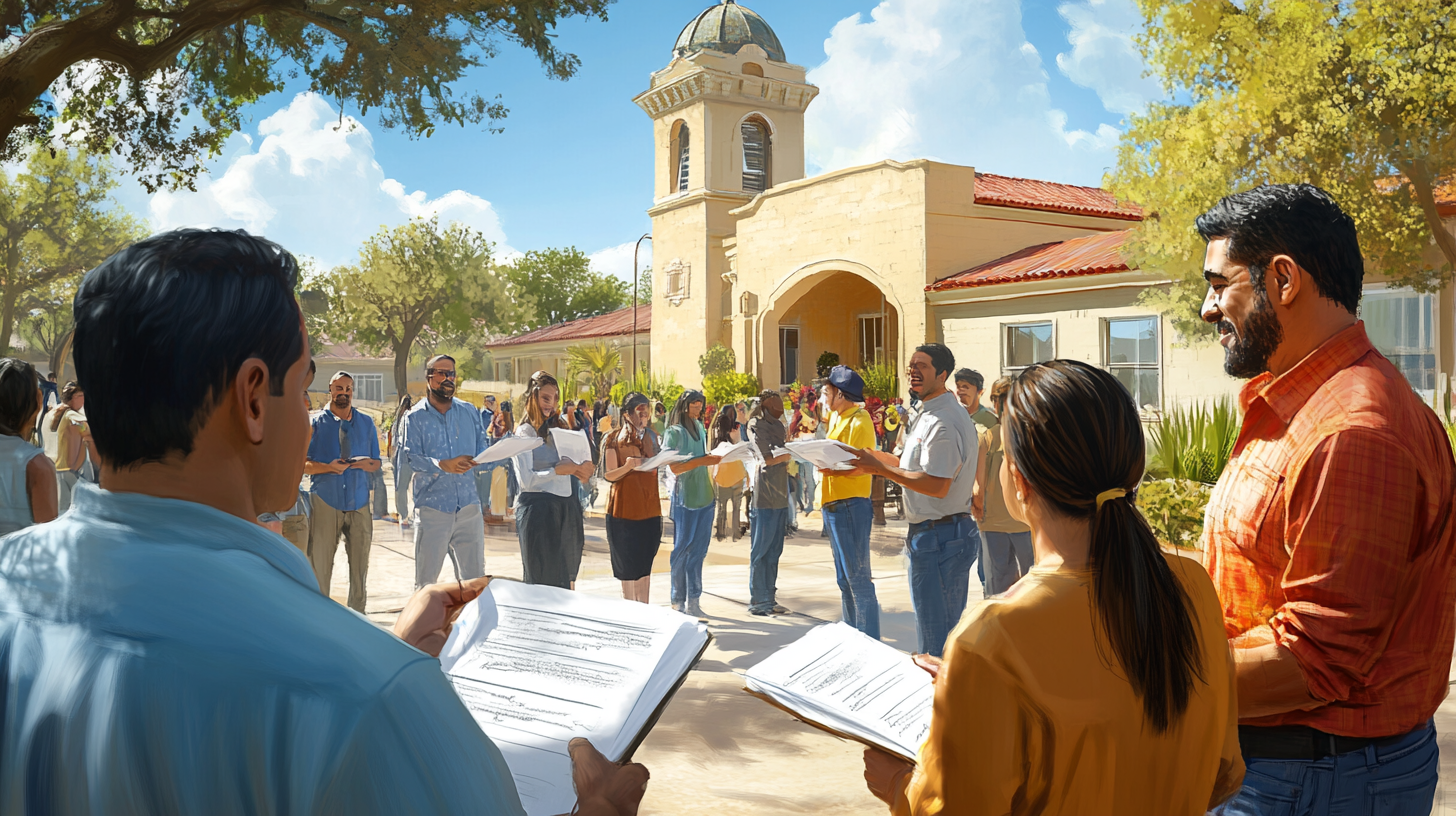**SISD Teachers Undergo Evaluation for Incentive Program**
In a bid to enhance teacher retention and recognition, Sharyland Independent School District (SISD) is on the path to becoming a Teacher Incentive Allotment (TIA) district. This move could bring significant financial rewards for dedicated educators in the Rio Grande Valley. However, the road to achieving TIA status, governed by the state’s stringent guidelines, is both complex and demanding.
**Understanding the TIA Program**
The Texas Education Agency’s Teacher Incentive Allotment, established in 2019, is a strategic initiative aimed at encouraging teacher excellence by offering three levels of designation — recognized, exemplary, and master — each bringing corresponding financial rewards. For SISD, becoming a TIA district not only means potential pay raises for educators but also the possibility of reaching six-figure salaries, thus making the profession more attractive and sustainable.
Assistant Superintendent for Student and Support Services, Pamela Montalvo, explains, “Our aim is to leverage the TIA program to highlight and reward excellent teaching. It’s about aligning teacher evaluation with actual student growth, which is a major shift from traditional metrics.”
**Local Impact and Community Benefits**
For Valley residents, the potential transformation of SISD into a TIA district symbolizes a commitment to educational excellence in South Texas. The focus on student and teacher growth, rather than mere statistical benchmarks, aligns well with the community’s values and aspirations for quality education.
Jose Ramirez, a parent and community advocate from Mission, emphasizes that “This program underscores a shift towards valuing long-term growth. It’s important for students to be engaged with highly qualified teachers who are recognized for their hard work.”
**The Evaluation Process: Challenges and Progress**
Embarking on its inaugural year in the TIA journey, SISD is currently in the “data capture” phase — a crucial period involving meticulous data collection through classroom observation and standardized tests like STAAR. The district is ambitiously aiming to have all teachers eligible for TIA designations within three years, with Region One serving as a vital partner by providing guidance and expertise to ensure data accuracy.
Region One Director Liz Palacios highlights the importance of reliability in this process, stating, “Ensuring valuable and reliable data forms the backbone of our approach. It is the deciding factor in the TEA’s approval process.”
**Teacher Perspectives and System Dynamics**
Although the initiative has been primarily welcomed, reactions among teachers have been mixed, particularly concerning the pace and depth of the evaluation method. Teachers who long benefited from standardized assessment models now confront a more nuanced rubric, focusing on continuous growth and development.
While supportive, some educators like Maria Gonzalez have shown impatience. She explains, “The shift is promising but we want to see quicker outcomes. Seeing real-world classroom development take central stage is refreshing, but it’s a hard wait for the rewards.”
**A Broader Context of Regional Educational Developments**
SISD’s embrace of the TIA program comes amidst a backdrop of significant educational shifts in the region. Neighboring districts like Mission CISD have already achieved TIA status, celebrating substantial financial gains for educators. This achievement serves as both a benchmark and a motivational tool for SISD, setting the stage for regional collaboration and shared learning.
In parallel, the need for revamped teacher evaluation systems highlights ongoing discussions across South Texas about educational resource allocation and accountability standards.
**Future Implications for SISD and Surrounding Communities**
If approved, the earliest SISD could distribute the TIA designations’ bonuses is August 2026, ushering a new era of professional recognition and competitive salaries for teachers. More broadly, the program is expected to systemically elevate teaching standards and ultimately benefit students through enriched learning experiences.
Looking ahead, Assistant Superintendent Montalvo remains optimistic. She notes, “For us, the TIA initiative is not just an aim; it’s a journey that refines our educational practices and strengthens our community’s educational fabric.”
**Addressing Concerns and Connecting with Stakeholders**
As SISD progresses, maintaining open dialogue with educators and stakeholders is key. Inviting feedback through workshops and informative sessions will ensure all parties remain informed and engaged throughout the process.
Additionally, providing clarity about the program’s benefits and its alignment with broader educational goals can help assuage fears of rapid fiscal adjustments, ensuring the initiative’s sustainability and efficacy.
In pursuit of becoming a TIA-designated district, SISD stands at the forefront of an educational transformation in the Rio Grande Valley, reflecting both the region’s aspirations and its commitment to cultivating a thriving learning environment. As the journey unfolds, the implications for RGV news point toward potentially profound impacts on teacher motivation, student outcomes, and community engagement in education.







